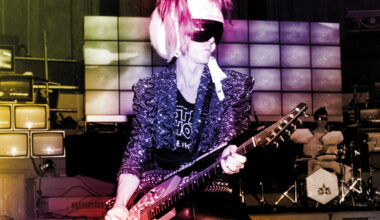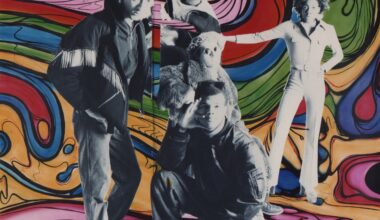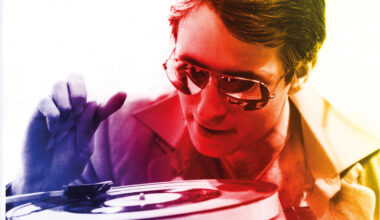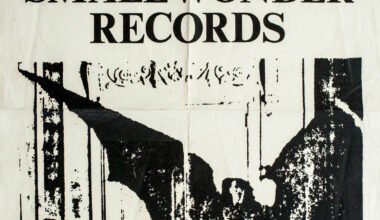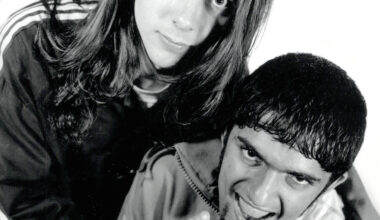Thomas Leer remembers Port Glasgow, friend and collaborator Robert Rental, and what led him to create ‘Private Plane’ and his “homemade” electronic sound
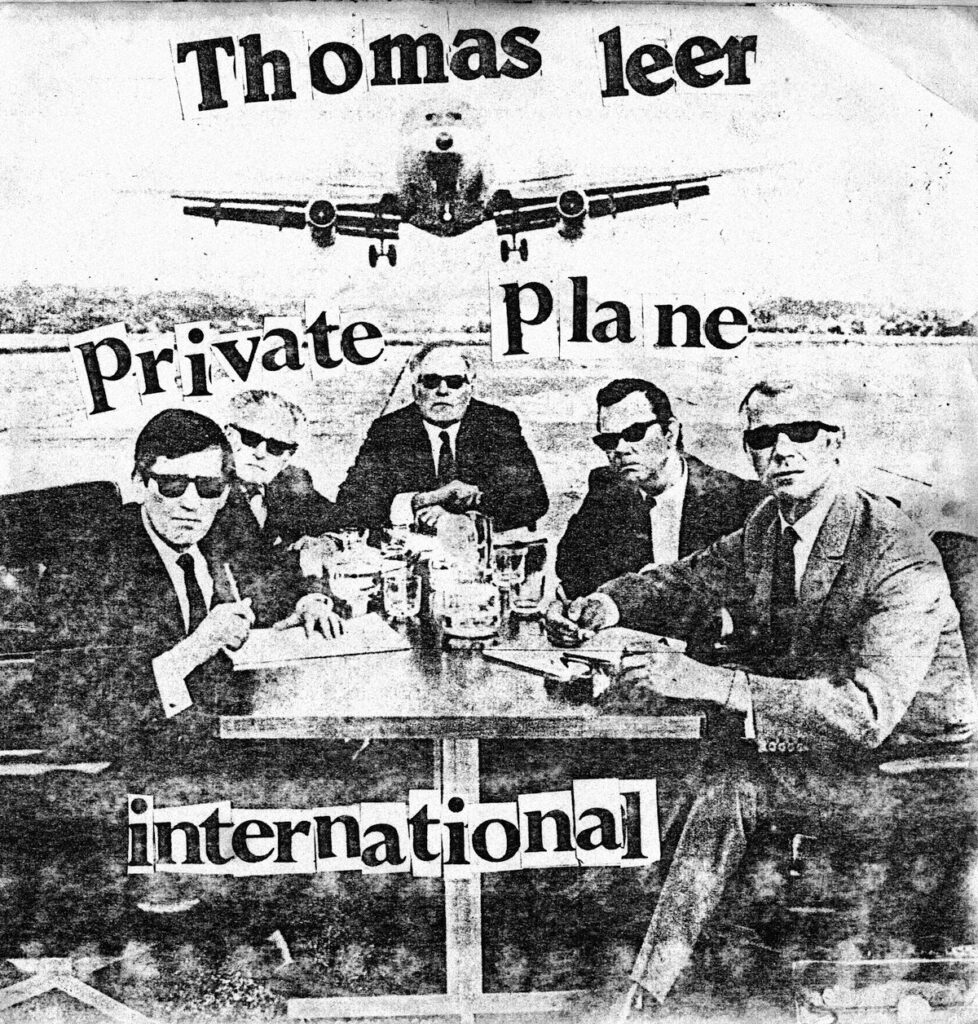
“I grew up in Port Glasgow in Scotland. I did some work as a gardener’s apprentice, and that’s where I met my friend Robert Rental – he was the other apprentice. We spent hours standing in a potting shed talking about John Peel and his radio show, and discovered that we liked the same music. We didn’t know each other before that. I used to sing and play guitar in a beat group, and Robert had been to gigs that I played in the 1960s in town halls, church halls and places like that, but it was only when we worked together as apprentices that we became friends.
“Robert and I came to London to form a commune with a bunch of hippies in Hammersmith. This would have been around 1971. We used to go to free festivals and would see loads of bands, like Hawkwind and other old hippy groups. We had a really good drummer in the commune with us and thought we should have our own band, so that’s when Robert and I started playing together. It didn’t go anywhere, though.
“It wasn’t until 1977 that things began to evolve. We came back to Scotland for a while and were living in Edinburgh. The punk thing was happening and that really got us hooked, so we thought we could get into that. We formed a punk band called Pressure and headed down to London again, and I changed my surname because that’s what you did in those days. We did a few gigs around London, but then I just sort of got bored with punk music. I wanted to do something more interesting than thrashing out two-chord songs.
“I’d always been really into the German thing – Kraftwerk and Can and all that – and so that was what I planned to do from that point on. I thought I could bring the electronic element in, but still make it kind of punky and relevant to the times. That split the band up and we went off in two directions – me and Robert, and the other two – and that’s when I decided to make my first record, ‘Private Plane’, in 1978.
“There were no synthesisers involved in ‘Private Plane’, even though it sounds like there were. Robert and I didn’t have synthesisers back then. On ‘Private Plane’ and the B-side, ‘International’, I used guitar, bass and a little drum machine I’d bought – it was one of those old Roland organ rhythm boxes. Robert had a Stylophone – not the Rolf Harris one, it was a pretty elaborate kind of Stylophone that had two styluses and a wah-wah pedal – and I used that. I think I had a Watkins Copicat echo unit or something similar, and we had loads of effects pedals between us, so we just decided to pool our gear.
“I got a load of his stuff and pooled it with mine and made my record at the flat I was living at in Crouch End in north London. I wasn’t working at the time, so I recorded it at home, mostly for financial reasons. I’d been making home recordings for years before this, so I felt fairly confident I could get a decent sound by myself, and the songs just came together through improvisation. There were themes in my head that I wanted to express, so I just started layering tracks. There was no rehearsal. I still work like that today.
“When Robert wanted to make his first single, ‘Paralysis’, we pooled the gear again at his place. He didn’t know how to use that kind of kit, whereas I was already pretty well-versed in it by then. So I stuck around and set it all up for him to get the sound, and then he just laid the tracks down. I guess I was kind of the producer of his first single, just because I was more familiar with the equipment and the process already.
“When we made those two singles, we were planning to put a band together – an electronic band. So I think we just saw them as kind of introductory tracks and a chance to make a record. We weren’t vying for a career or anything like that. In those days, people just did things. That was a really exciting time for me, personally.
“I self-released ‘Private Plane’ and made 650 copies. I can’t remember how much it cost, but I used Linguaphone to press it, and it was distributed by Pinnacle. The costing and distribution was handled by Liz Farrow, my partner at the time. Liz and I folded and glued the sleeves together, and I hand-printed the white labels with a John Bull printing set. It took us a couple of nights. I said it was released by Oblique Records, but that was just me, and it was the only release on that label.
“When I put it out, I discovered there were all these other people who had been doing the same thing, who had also listened to all this krautrock music – people like Daniel Miller, Throbbing Gristle, The Human League and Cabaret Voltaire. We didn’t know anything about them. We didn’t know who they were or anything. And then we realised we were just doing the same sort of thing as them. It wasn’t a scene. It was more a cultural thing, really.
“It was like, ‘Wait a minute, we don’t have to go to record companies and get record contracts. We don’t even have to go to an independent record company!’. We could just do it ourselves. At first, Robert and I thought we were the only people in the world who were thinking that, until we saw bands like The Desperate Bicycles. I stole the idea for the sleeve of ‘Private Plane’ from them. People were always feeding each other ideas like that. It was a really exciting time.”
